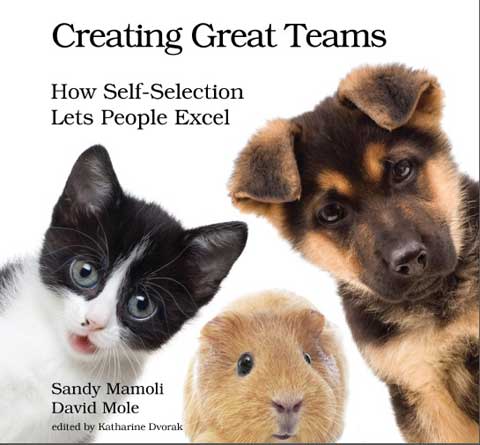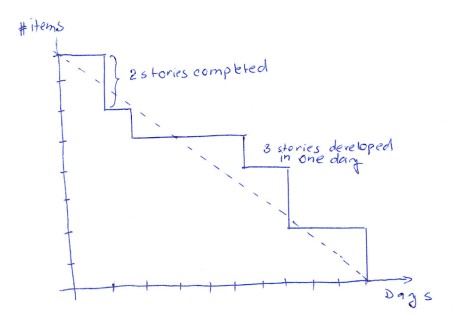Articles, Blog Posts, Books and Quotes on Agile Project Management
One of the most important, and often overlook, sentence in the principles of the Agile Manifesto is “continuous delivery of valuable software”. Delivering value is an important principle for Agile and prioritization is the tool that allows to deliver value quickly. This is the topic discussed by Daniel Zacarias in his article “20 Product Prioritization Techniques: A Map and Guided Tour”.
Based on their experience with Trade Me, New Zealand’s largest e-commerce company, Sandy Mamoli and David Mole have written a complete guide on why and how you could implement a self-selection process for your teams. If you believe in self-organization for Agile project management teams, you should also think about self-selection.
Story point is a arbitrary relative measure used by Scrum teams to define the effort required to implement one story. In this article, Mahfoud Amiour proposes an approach to measure the cost of story points implementation.
Even if Agile was initially considered as an anarchic approach due to practices like self-organization, the reality is that it requires a lot of discipline. Metrics is an important tool to assess the continuous improvement efforts of Scrum teams. However, setting a good metric program is not obvious. The book “The Agile Culture” contains interesting thoughts about what could make a metrics program fail.
Pair programming is one of the original practice of eXtreme programming, but it is also one of the least used by Agile software development teams. In his blog post, Alisdair McDiarmid explains how Customer.io uses pair programming with remote teams.
The basic rules of Agile project management frameworks like Scrum are deceptively simple. Drawing from his experience as an Agile coach, Jeff Campbell offers in his book “Actionable Agile Tools” some lightweight practices and tools that could help you to implement successfully an Agile approach.
The retrospective is one of 12 principles outlined in the Agile Manifesto. If this is easy to do this for collocated Scrum teams, how can you achieve good results if you have remote members. In this blog post, Robert Matheson provides a valuable collaborative retrospective technique that can be used for distributed Scrum teams.







